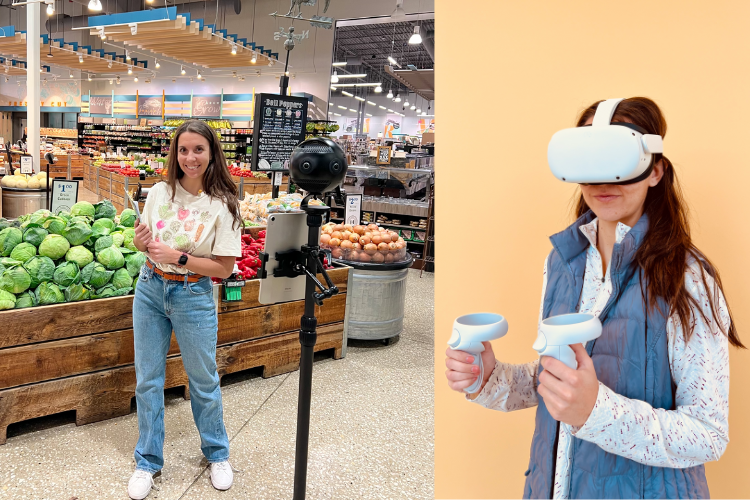This week, researchers with Sylvester Comprehensive Cancer Center are launching an online tool that allows fire investigators to voluntarily document accidents and near misses — part of an effort to improve conditions for the first responders who are vital to public safety.
The outreach comes from the Firefighter Cancer Initiative, housed at Sylvester at the University of Miami Miller School of Medicine, the only National Cancer Institute-designated center in South Florida. The program developed the digital reporting tool with the International Association of Arson Investigators (IAAI), a Maryland-based group with more than 10,000 members.
“Fire investigation is ultimately about protecting the lives and property of the citizens we serve,” said IAAI President Randy Watson. “To do that, we have to first protect ourselves.”
Documenting Exposure to Toxins
Sylvester researchers formed the Firefighter Cancer Initiative in 2015 after noticing elevated cancer rates among Miami-Dade County firefighters, including exposure to carcinogens in plumes of smoke. A multidisciplinary team found a greater incidence of cancer among firefighters across Florida than in the state’s population at large, including thyroid, prostate, colorectal, skin and other types of cancer. Women firefighters also had a higher incidence of cervical cancer, the data showed.
The researchers then developed tools to better understand and characterize those risks and exposures, starting with an annual health survey for firefighters. They also created a free, online Personal Exposure Reporter (PER) tool for individual firefighters to document the conditions they had been exposed to that might spur health problems and insurance claims later, said Alberto J. Caban-Martinez, Ph.D., D.O., M.P.H., an epidemiologist and deputy director of the Firefighter Cancer Initiative.
“That individual reporting is important, because in Florida, if a firefighter developed cancer, basically they were on their own. They had to use their own health insurance, cover payments, and then demonstrate to the insurance company that the cancer was occupationally related because of what they’d been exposed to,” said Dr. Caban-Martinez. “Firefighters didn’t have a way to document their exposures before this.”
The PER tool was crafted after extensive consultations with firefighters using a “user-centered design approach,” said PER project Director Barbara Millet, Ph.D., an industrial engineer who helms the University of Miami’s User Experience (UX) Lab. Dr. Millet is also assistant professor or interactive media at the School of Communication.
Adapted for Fire Investigators
Now, that reporting tool has been adapted collaboratively for fire investigators, who analyze the cause of blazes. The risks for their work have typically drawn less attention than risks for peers who fight fires directly, making fire investigators an “underserved population,” said IAAI President Watson.
“In the 2000s, we began to notice that many in our industry were developing cancer and dying,” said Watson. “It took a while for us to wake up and see the connection to what we did.”
In 2016, the IAAI formed a committee focused on health and safety. Members reached out to Dr. Caban-Martinez as an advisor. The group was concerned that it lacked data on work accidents and near misses that could be used to reduce risks. “You don’t know what you don’t know,” said Jeff Pauley, current chairman of the committee. Dr. Caban-Martinez and Dr. Millet suggested adapting the existing PER tool instead of starting from scratch.
The IAAI, together with Sylvester, now offers the Fire Investigator Exposure Reporter to collect data specifically on those job accidents and near misses. Filling out the free, online form or reporting via the Personal Exposure Reporter app should take no more than 10 minutes, said Dr. Millet, who designed the module.
Data from the reports should help the association improve training, handle insurance claims, and seek policy changes if needed, said Pauley.
“There’s nothing else in the U.S. that provides this information for our fire investigator population,” said Pauley, expressing hope that the new reports can help reduce future accidents. “If we don’t mitigate workplace risks, there’s a real cost, from insurance rates going up to lost wages that adversely affect families.”



